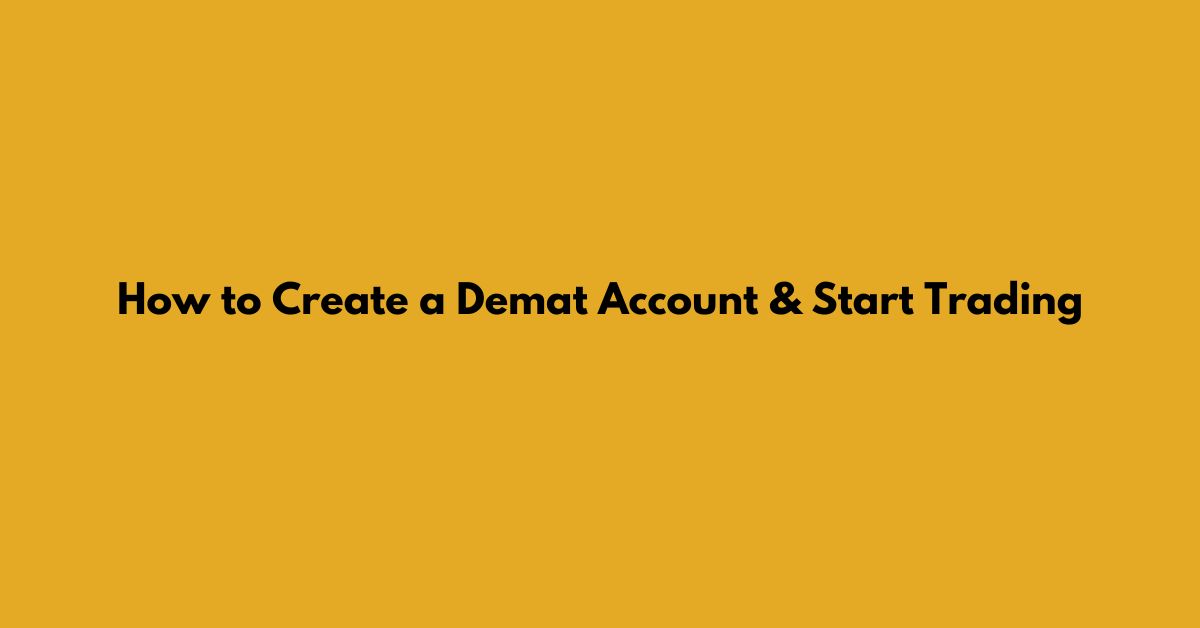Sailing boat rope plays a crucial role in securing the sails and rigging, as well as mooring the boat. It is therefore important to know how to use it correctly in order to get the most out of your journey and ensure safety on board.
There are many types of rope available, each designed to perform a specific task. It is therefore crucial to select the right one for your needs.
Types
There are numerous types of sailing boat rope, including running rigging, standing rigging, and control lines. Each type is designed to do its job well and to suit the way it is used on board.
Ropes are typically made from two parts – the core which takes up most of the load, and the cover which gives protection against damage, sun fade, and so on. They are usually woven with different materials and in various ways.
The most common types of sailboat rope are twisted and braided. Twisted ropes are often used as mooring and anchor lines, while braided ropes can be either single or double-braided.
Braided ropes can be made from a wide range of different materials, ranging from natural fibers to synthetic fibers. Synthetic fibers are much more durable than natural fibers, withstand abrasion, and are more resistant to UV rays.
Materials
Sailing boat rope is a critical component of the equipment on board a sailing yacht. It serves many important functions, including anchoring the yacht and mooring it to the dock.
There are a number of different types of rope, each with its own properties and strengths. Choosing the right type of line is crucial for a safe, comfortable and successful sailing experience.
Rope properties depend on the production method and the materials used to make it. They determine how flexible or rigid the rope is, whether it will be easy to handle and how resistant it is to the elements.
The most common rope used in the boating industry is polyester, which combines high tensile strength with excellent stretch resistance and UV resistance. It is a strong, inexpensive option that will last for years, making it ideal for many cruising applications.
Inspecting
The inspection process is critical for the longevity and safety of boat rope. A regular inspection schedule helps to ensure high rope performance, long service lifetime, safety of personnel and equipment, and reduced operating costs.
For sailing boat rope, an inspection is usually carried out before each use. This will allow the skipper to spot any areas of potential damage and take corrective action before the rope fails.
Regardless of its material, sailing boat rope is subject to considerable abrasion and mechanical loads throughout the lifespan of the product. The abrasion can reduce the rope’s strength.
Ropes should always be inspected for signs of wear and tear, such as cut strands or abrasion damage. The type of damage and the amount can affect whether the rope should be repaired or removed from service.
Attaching
The right sailboat rope can make the difference between a safe and enjoyable sailing trip and a terrifying one. So, it’s important to choose the best rope for your needs and care for it properly.
In addition to providing a strong and reliable means of holding the mast, halyards and rudders in place, boat rope also prevents your boat from moving sideways by creating a strong lateral resistance. Keels, daggerboards, centerboards and leeboards all increase a boat’s lateral resistance.
There are two main systems of yacht ropes, running rigging and standing rigging. The first of these consists of wires and ropes that support the mast, which are known as shrouds or stays.
The second system of yacht ropes controls the sails. These are the lines that go from the mast to the bow (forestays) and stern (backstays).





